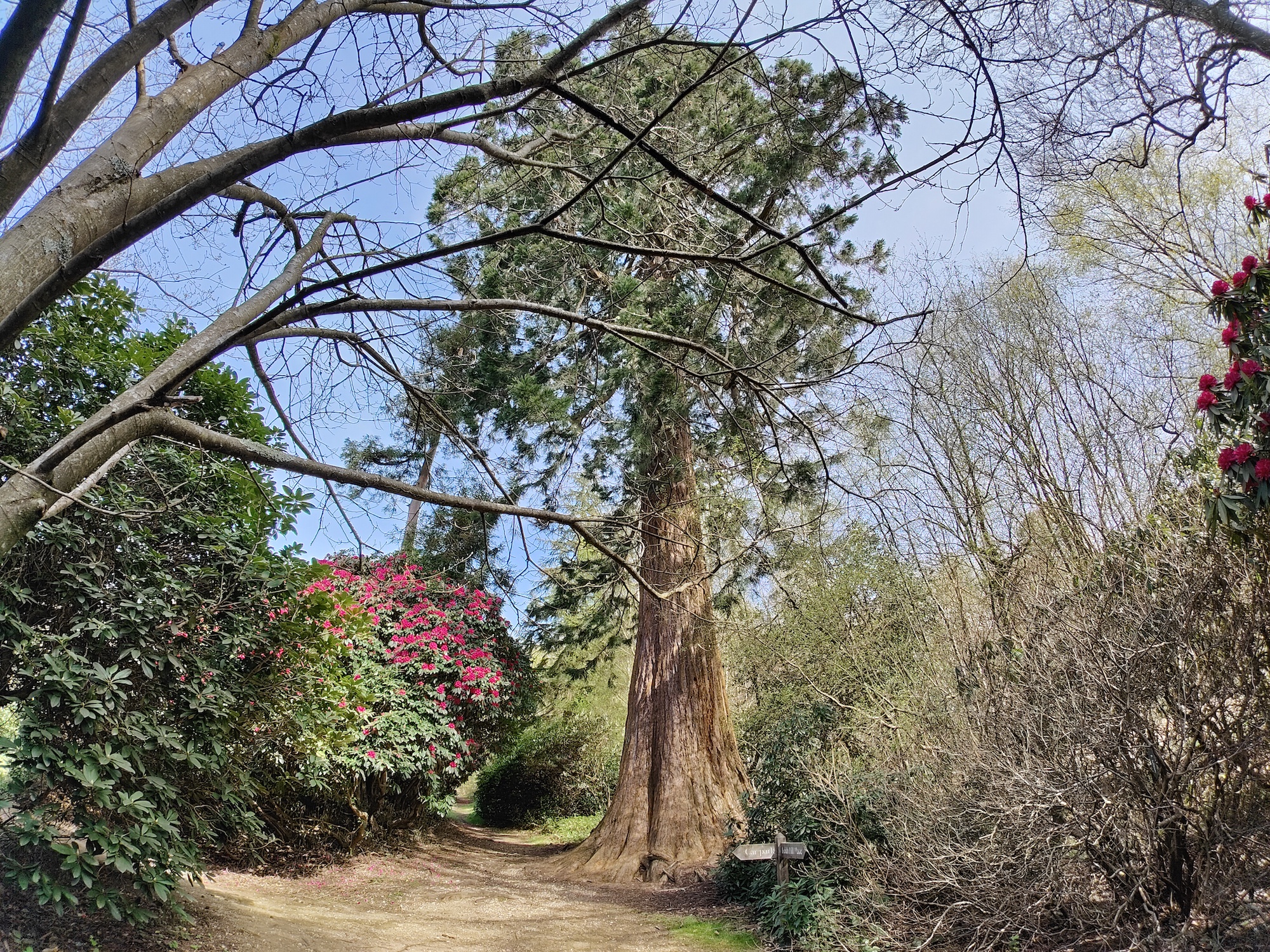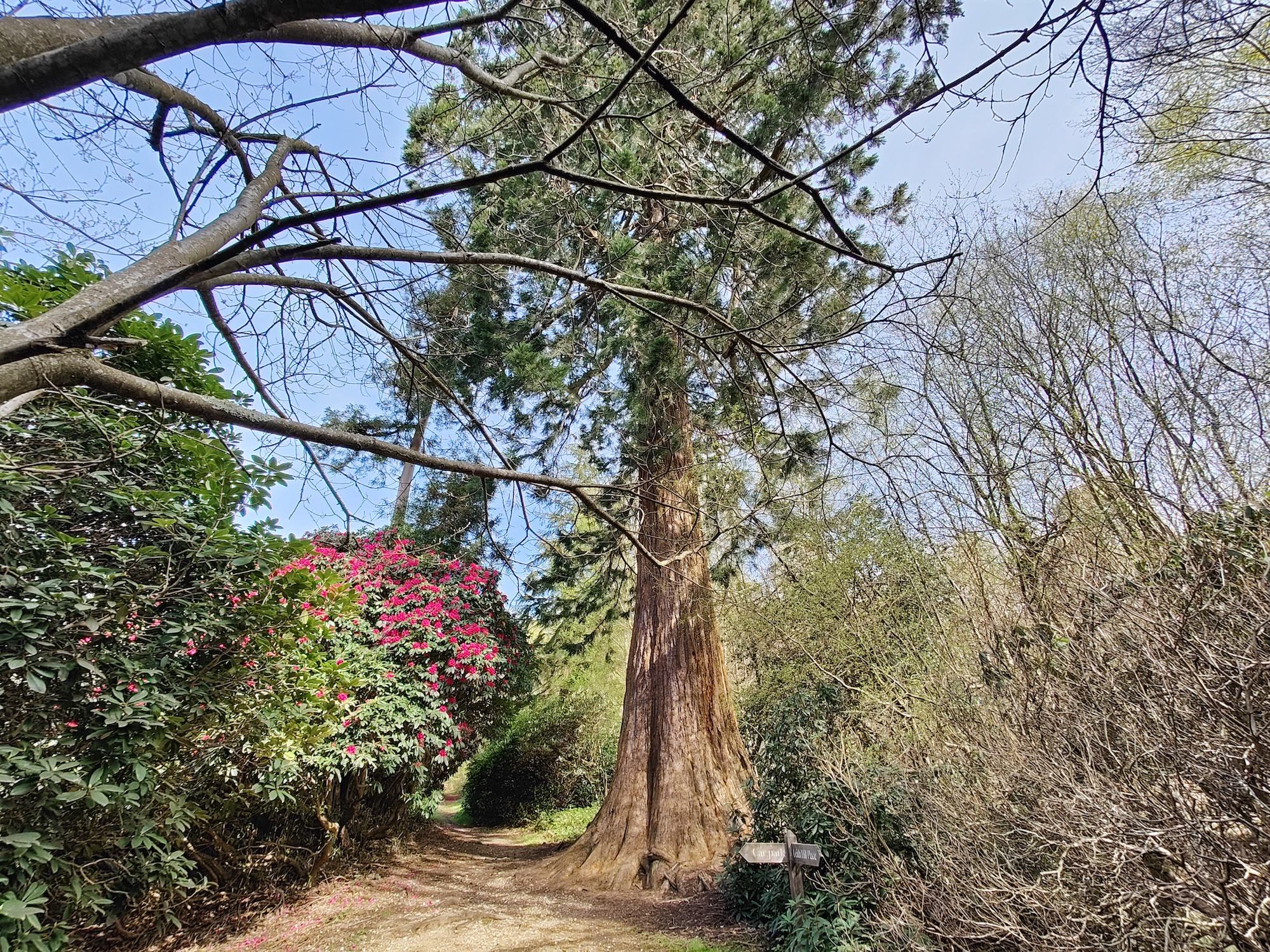The 150-degree wide-angle camera mode on the OnePlus 10 Pro is a huge amount of fun, and you should absolutely try it if you own the phone. The feature is a little hidden away, so until you know where it is, you may accidentally miss it. What’s more, there’s one secret you should know about getting the most from it.
While the OnePlus 10 Pro’s camera is still a work in progress, the 150-degree camera mode makes up for it. Here’s what you need to know before trying it out.
Where to find it
You already know how to switch to the standard 120-degree wide-angle camera on the OnePlus 10 Pro — just use the same regular switch in the viewfinder that you would on any other phone. But to use the 150-degree wide-angle mode, you have to visit the More option, then select the feature named 150, tap and hold the icon, and finally drag it down on to the main camera menu. In the future, you can then quickly slide to it just like you would with Portrait or Night mode.

As you might expect from the name, it adds an even wider field-of-view than the standard wide-angle mode to your photos. This means it’s great for sprawling vistas and landscape photography, but used carefully it can be just as much fun, and create just as impactful pictures, in more up-close-and-personal shots as well. You won’t want to use it all the time, but it’s far more versatile that you may first think.
What makes it so enjoyable?
OnePlus has tuned the 150-degree camera mode to take bright, colorful, and exciting photos. Most have a strong HDR effect, and you often don’t have to worry about shooting into the sun because of it. That’s a good thing as the ultra-wide-angle camera takes in a lot of sky, so avoiding the sun can be difficult.
I love the punchy, saturated style of the photos it takes, and while the shots aren’t always entirely realistic — electric blue, right green, and vibrant red colors are common — they are always exciting. When many of us take photos to share online, it’s a characteristic we want, and here you don’t need to turn to a filter to get it.
Portrait, not landscape
I’ve been taking photos with the 150-degree camera on the OnePlus 10 Pro for several weeks now, and a few more weeks before it on the Realme GT 2 Pro as well. The one thing I’ve learned during this time is to really get the most from it, you must experiment with shooting in portrait rather than landscape orientation.
This will go against the instincts of some photographers, but will feel perfectly natural to others. It also doesn’t sound like it would be the best way to use a super-wide-angle camera, but it really is. What it does is make the most of that additional field of view by really emphasizing scale.
Sounds odd right? It’s almost like the 150-degree view is too wide, and in many situations, it’s hard to locate an ideal focal point in landscape, making it difficult to take a striking photo. In portrait orientation, you can maximize the amount of sky while ensuring your subject remains the focal point, rather than just adding more horizontal detail when in landscape orientation.
Unless you spend most of your time up in the mountains and want to capture the wide scale of the landscape, portrait shots with the 150-degree camera help add scale and drama to even the most ordinary of scenes.
Any downsides?
The 150-degree camera is not suitable for close-up shots. It focuses at a distance,and if your subject is too close to the camera, it will be out of focus. It’s not for photos of people either, unless they’re in the distance, as it can stretch limbs and bodies out in a bizarre way. So unless you are friends with Slender Man, keep people and pets out of the shot.
Another advantage of shooting in portrait orientation is that it minimizes the amount of fish-eye effect that comes with the ultra-wide-angle camera, where the sides of your photos curve in and give the scene that odd, and not always desirable fish-eye style. That leads into the one part of the 150-degree camera that’s not so good.
You’ll notice there are two modes. The first is the 150-degree wide-angle mode that takes regular aspect ratio photos, while the other creates circular, true fish-eye images. Not only is this viewpoint harder to take advantage of, but the resulting images have an ugly black border around them, ruining the appearance when you share them. Try it, but I don’t think it’s as much fun as the normal 150-degree mode.
Made for fun
Yes, the 150-degree camera mode is a bit of a gimmick, but I don’t care because it’s fun. With it, you can quickly and easily take creative photos that have a very striking look without having to learn anything extra, and by thinking in portrait rather than landscape, it’s more useful in more situations too.
The OnePlus 10 Pro’s camera is already decent and software updates are making it even better, but the 150-degree camera mode is the hidden highlight that doesn’t need any tweaking to improve it, and you should try it out as soon as you have the chance.













